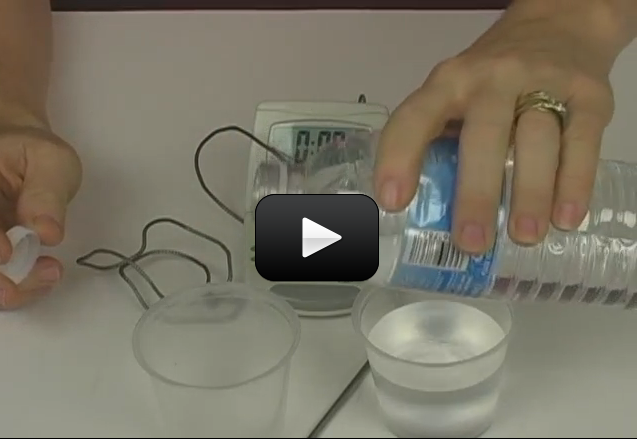Having shade trees around a house can decrease the cost of cooling the house with air conditioning. A house not shaded from the sun absorbs some of the light from the sun and heats up the outside surface of the house. If the house is poorly insulated, some of this heat will penetrate into the house, heating up the inside. The air conditioner will use more energy to remove this added heat.
Properly designed roof overhangs can significantly decrease the heating and cooling costs of a house. Because the earth’s axis is tilted, the sun is lower in the winter in the northern hemisphere. In the summer, the sun is higher in the sky. A properly designed roof overhang allows sunlight in the winter to shine through windows and warm the furnishings in the rooms that receive the direct sunlight. This reduces the heating cost in the winter. In the summer, the overhang blocks the sunlight from shining into the window and heating the furnishings. This reduces the cooling cost in the summer.
Please login or register to read the rest of this content.

